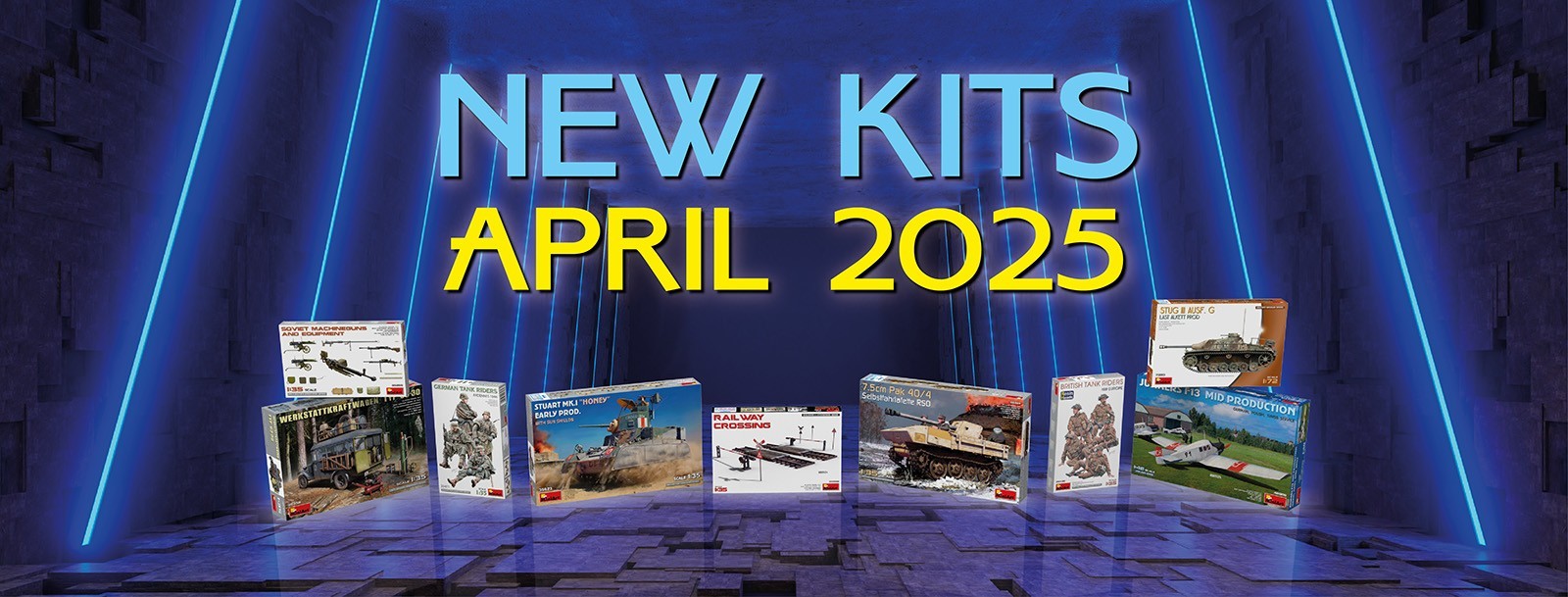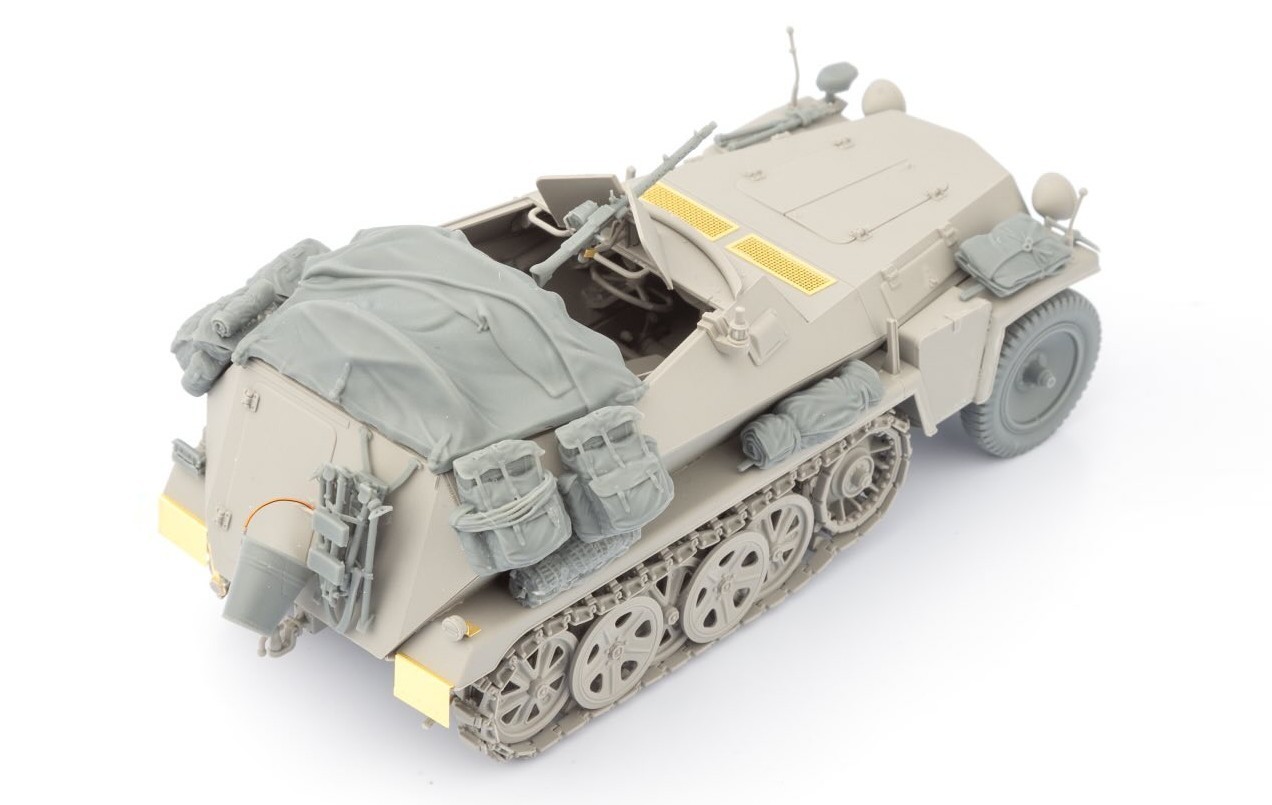
Introduction
Kagero would appear to have another new series of books hitting the shelves, under the header “In Combat”. This series of books is an attempt by Kagero to look at a given subject, in a number of ways that will please both the modeller, and the person who is interested in the vehicle specifically. Kagero have done this by providing background data, on the subject matter and mixing in attributes that will appeal greatly to the modeller, and so offers a rounded title.
Review
This title from Kagero in the In Combat series and looking at the Panzer IV Ausf G/H and J variants. This series of books are soft backed offerings with a card cover and in this case 80 pages that are stapled in place. The title looking at the Panzer IV is number 4 in the series. The author of this release is Michal Kuchciak, whom I believe is Polish but I do not know any other information about him. The contents of the title are presented under the following headers:
Bataillon Fuhrer Wagen
Versions armed with a short barrel 75mm gun
Re-arming Panzer Kampfwagen IV with long barrel guns
Pz.Kpfw. IV Ausf F2/G(SD.KFC.161/1)
Towards a simplified design -Pz.KPFW.IV Ausf H (SD/KFZ.161/2)
Final version-Pz.KPFW.IV.Ausf.J (SD.KFZ.161/2)
Organisation of Panzer Units and Brief combat history
Camouflage and Markings
Export
Conclusion
Selected Bibliography
End Notes
The Panzer IV was the workhorse of the German armoured forces, serving throughout World War II until the last days. The tank underwent a lot of variations throughout its life, in an attempt to keep it of a standard capable of tackling the enemy, and it many ways it succeeded. Due to the amount of time the Panzer IV was in service. Trying to cover the story of the tank in 80 pages would require a miracle. However by picking the last three variants to go into service, the author has done a fine job of covering the essentials, while short enough to meet the page count and provide the reader with suitable content. In addition to the text, the author has provided line drawings covering armour thickness and a number of period photographs, both in service and after destruction. The photograph quality is high, but I can not imagine who decided they had time to take a picture of a Panzer Ausf H having its track put back on, while under fire. It does however provide the reader with a photograph that shows sphincter gripping intensity. As you would expect most of the photographs showing the vehicle in service are not taken in combat, and provide the viewer with interesting visual data covering not just the tank, but also the crews.
The sections that will appeal to the modeller directly, covers artistic profiles of the Panzer IV from left or right side. And when interesting features are known portions of the vehicle are also shown from whichever angle is required. Also provided are a number of line drawings showing the Panzer IV from left, right, front, back top and bottom in the three major scales of 1/72nd, 1/48th and 1/35th scales. There are also some three dimensional drawings of the vehicle. Finally there are some detailed shots, showing the engine, gearbox and cut away of the turret.
Conclusion
This offering from Kagero, is a pleasing release to me but it does do something I do not like, which the written and photographic sections of the title with what I would class as the modelling attributes of the release interrupting the flow of the title. So while I greatly approve of the contents of the title, the presentation could be tackled in a slightly different way. What I did find in the book, was an A4 poster of the Panzer IV from the cover.


























